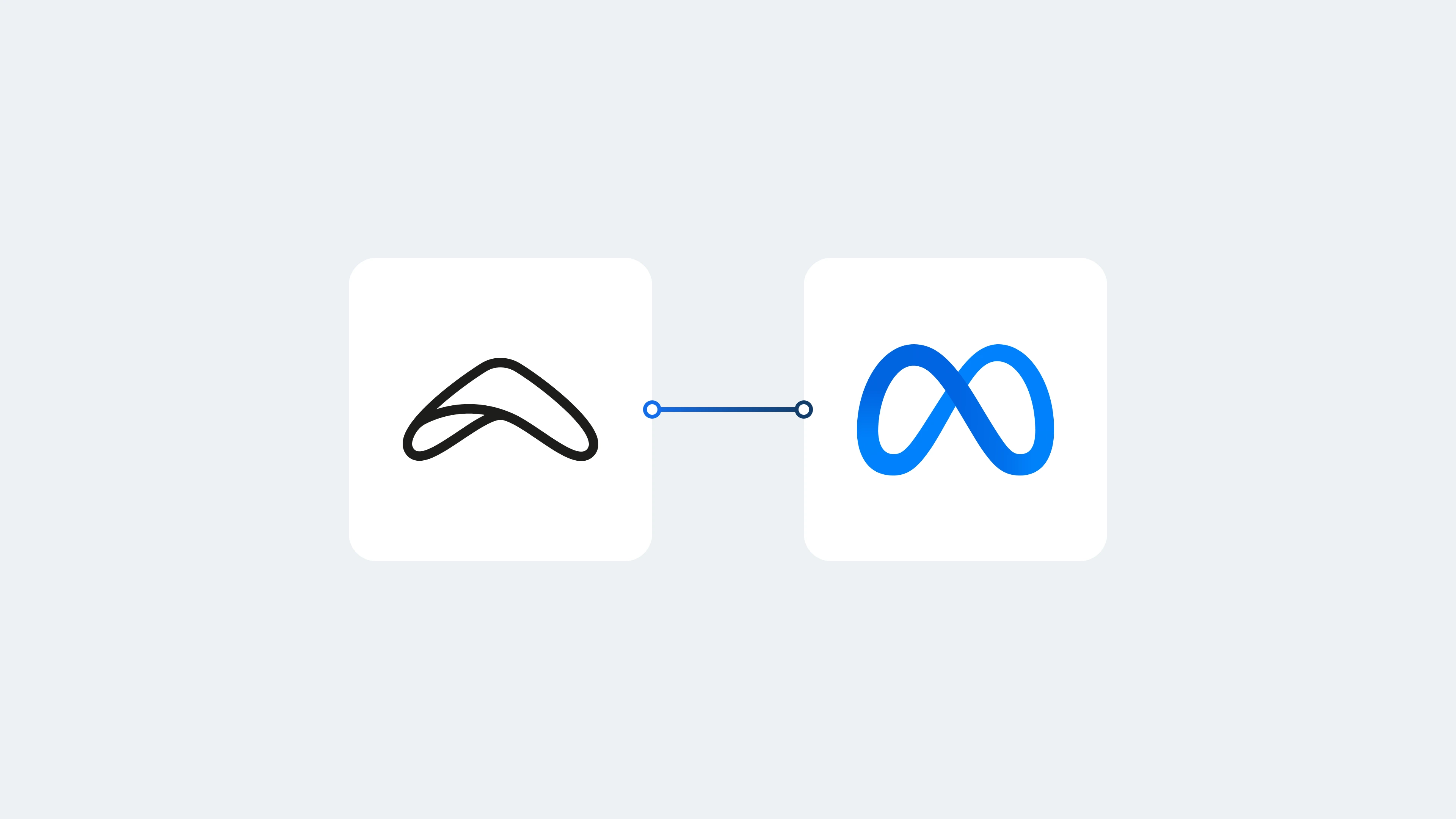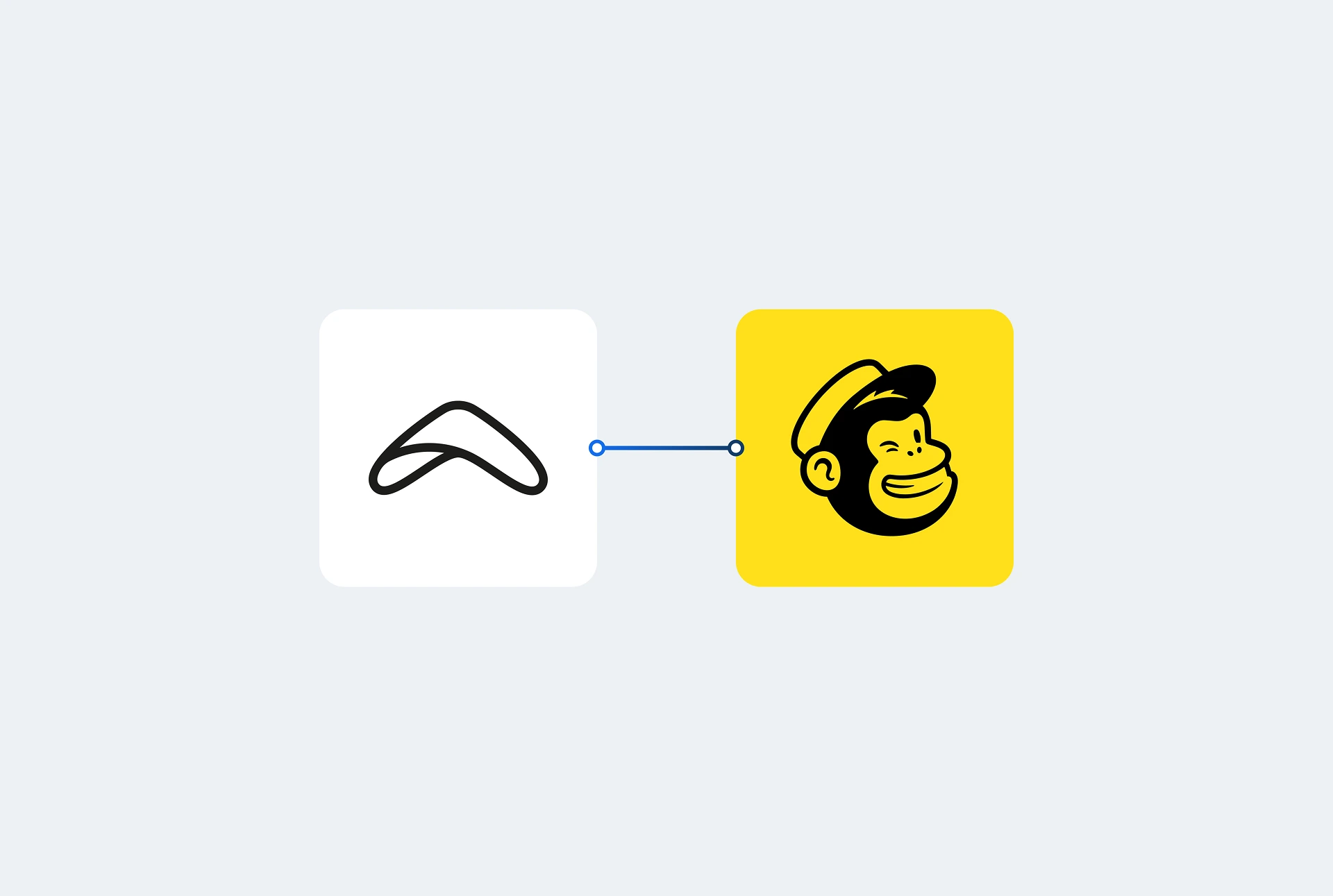Whether you’re just starting or taking your rental business online for the first time, branding is essential. It helps you stand out from the competition, meets the needs of your target customers, and communicates your brand’s message to them clearly. In addition, your branding is usually the first contact someone has with your business, so it needs to represent your rental business successfully.
Your brand can be defined as a set of expectations, memories, stories, and relationships that blend to inform a customer’s decision to choose one rental service other another. It encompasses what your rental business is, what it stands for, its strengths and how they bring value to your customers.
What is branding?
It’s essentially a story that can be told in multiple formats that informs how your rental business is presented online and in-store. It includes things like the color palette of your website, the written tone of your content, and the visual style of your social media posts. Solid branding will help you meet your goals early on and serve as a template for scaling across different platforms.
Finally, it helps build credibility and trust, gives your brand a personality that people can connect with, reflects an authentic version of your business, adds a relatable story to your business, and can be used seamlessly across different formats. This is why creating a consistent brand for your rental business is crucial to being successful.
Start your rental business for just $29/month
Put your toes in the water and test the demand in your area with a rental website for just $29/month.
How to build a brand
Get to know your business
The first step to solid branding is asking yourself questions about your brand that you don’t usually think about. You can do this yourself, with your team, or get someone to ask you them in an interview style. This will help you focus on what your brand is really about and make creating a brand statement and telling your story more straightforward.
Some questions could include:
What is your business about (and what isn’t it about)? This will help you to define what represents your business. For example, it could be allowing families to explore your local area, providing the perfect wedding day for your customers, or giving students access to professional equipment.
What are your business’ defining characteristics? This will help you understand what makes your business stand out from other similar rental companies in your local area. For example, it could be better value, higher quality products, or first-class customer service.
What are your business’ values? This will help you to work out what your company stands for. For example, it could be that you want to provide value, cater to people who usually miss out, or helping those who are less fortunate.
What are your goals for your business? This will help you to set goals for the future that you want to achieve. For example, it could be becoming the number one bike rental business in your area, being a key player in your community, or expanding your business to multiple locations.
Define your target audience
Next, you need to think about your target audience and establish why your rental business exists. Do you want to bring more cyclists to your town? Do you want to give locals easy access to event equipment? Do you want to provide tools for local builders and home decorators? This is something you need to define to understand who your target audience is.
Answering the ‘why’ will narrow down who you are targeting with your business and what your branding needs to present. For instance, instead of just targeting anyone who wants to rent a camera, you could choose to target industry professionals creating content for TV or film.
Filling in the following sentence can help define your business in the clearest way possible: We are [Business Name]. We offer [Products/Services] for [Target Audience] to [Value Proposition].
In the previous example, this would be: We are Film Excellence. We offer camera equipment for industry professionals to give them convenient access to high-quality equipment.
Tell the story of your business
Once you have this statement, it can be a starting point for telling the rest of your brand’s story. It’s always good to have long and short versions of your story because it will be used in different formats. This could include social bios, press coverage, your business’ website, and even investor pitches. It will also define how you write about your business across your website and social media.
The best way to write your business’ story is by using the answers to the questions you asked yourself earlier. They will inform what your business represents, its characteristics, its values, and your goals. Once you have your story, it will inform how you talk about your business online and help you keep your messaging clear and consistent.
Visual storytelling is also important, so having and creating visuals that represent your business is just as crucial as your written story. This will include the colors representing your business, what tone you want to portray (fun, professional, excellence), whether you use photos or illustrations, and whether you want them to feel raw or polished.
Create value and be consistent
You’ll be no stranger to social media, and if you’ve been paying attention, you’ll know that solid content is a pillar for growth. More prominent brands invest heavily into their content to get results, but it is much easier and cheaper for a smaller business. The key is to create value and be consistent with the message you’re presenting on your social media profiles.
An example of this could be that you’re an event rental business trying to attract clients who are planning weddings and parties. Therefore, your content should be all about them and showcase your strengths when putting them together. Conversely, your content shouldn’t include larger events like balls and galas, which will provide mixed messaging.
This should be consistent across your social media and your website and be rooted in the story of your business. Clear messaging will get you the clients or customers you are targeting and help you to reduce the number of dead ends you encounter. If you have been successful, you will see this in the reviews people leave for your business, reinforcing the messaging.




